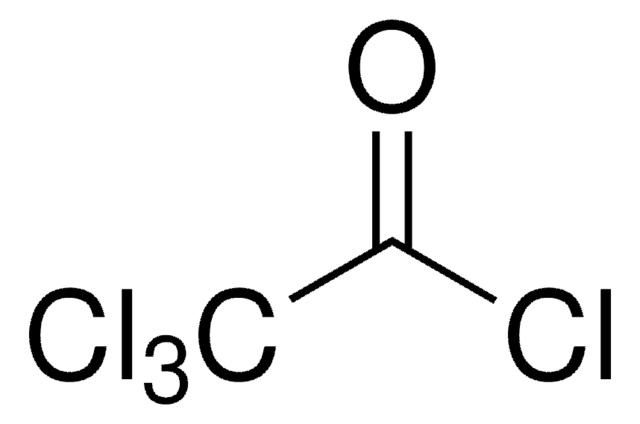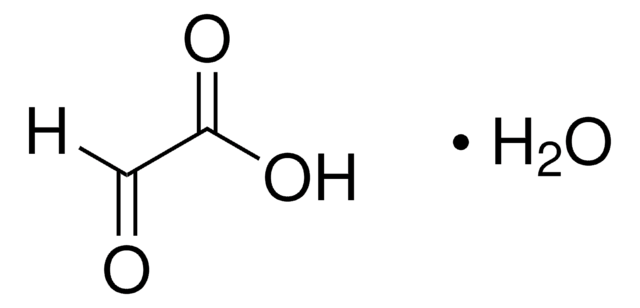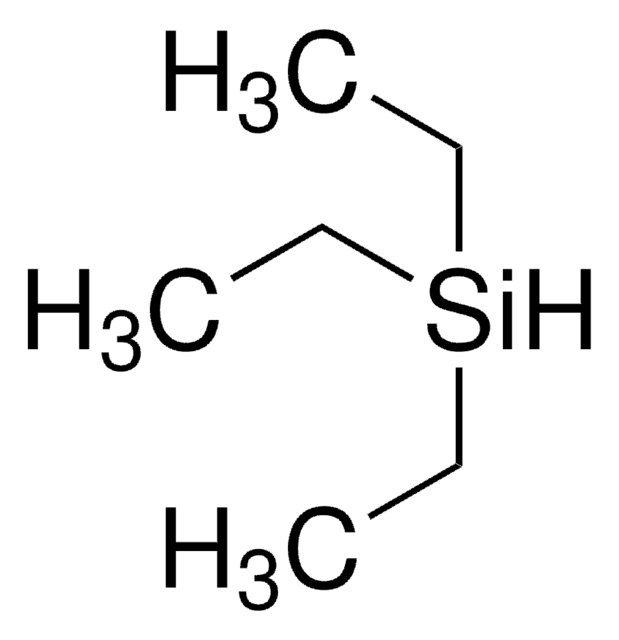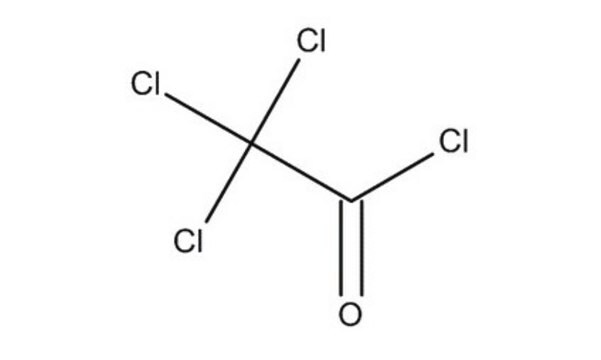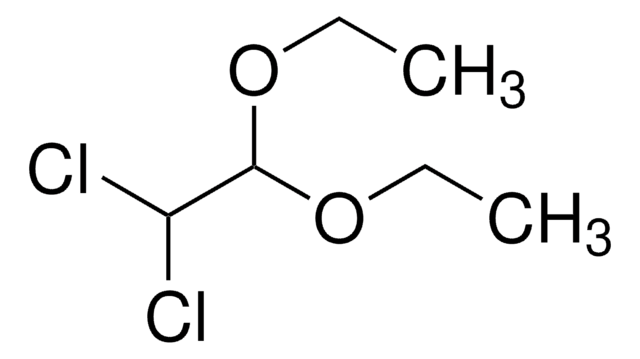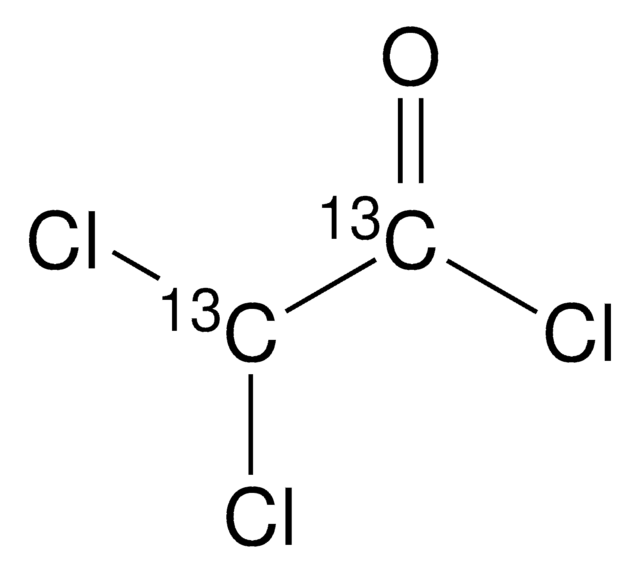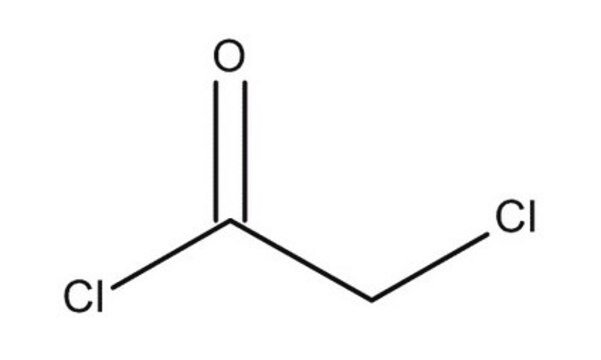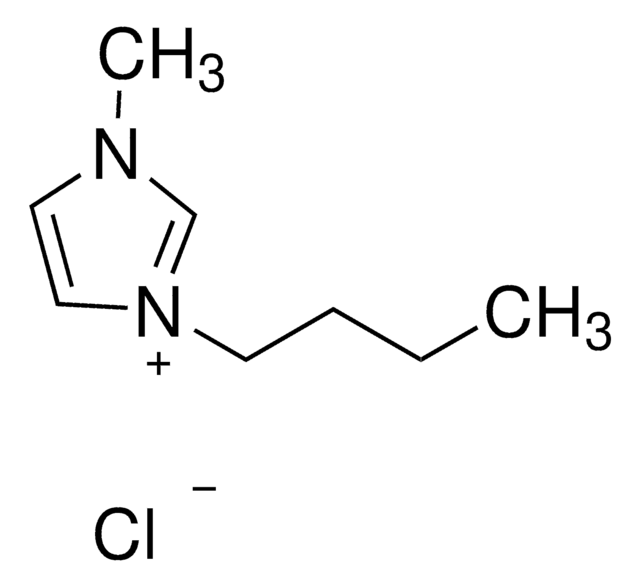Wichtige Dokumente
D55008
Dichloracetylchlorid
98%
Synonym(e):
α,α-Dichloroacetyl chloride, 2,2-Dichloroacetyl chloride, Dichloracetyl chloride, Dichloroacetic acid chloride, Dichloroethanoyl chloride
About This Item
Empfohlene Produkte
Assay
98%
Form
liquid
Brechungsindex
n20/D 1.46 (lit.)
bp
107-108 °C (lit.)
Dichte
1.532 g/mL at 25 °C (lit.)
SMILES String
ClC(Cl)C(Cl)=O
InChI
1S/C2HCl3O/c3-1(4)2(5)6/h1H
InChIKey
FBCCMZVIWNDFMO-UHFFFAOYSA-N
Suchen Sie nach ähnlichen Produkten? Aufrufen Leitfaden zum Produktvergleich
Signalwort
Danger
H-Sätze
Gefahreneinstufungen
Aquatic Acute 1 - Carc. 1B - Eye Dam. 1 - Skin Corr. 1A
Zusätzliche Gefahrenhinweise
Lagerklassenschlüssel
6.1C - Combustible acute toxic Cat.3 / toxic compounds or compounds which causing chronic effects
WGK
WGK 2
Persönliche Schutzausrüstung
Faceshields, Gloves, Goggles, type ABEK (EN14387) respirator filter
Hier finden Sie alle aktuellen Versionen:
Besitzen Sie dieses Produkt bereits?
In der Dokumentenbibliothek finden Sie die Dokumentation zu den Produkten, die Sie kürzlich erworben haben.
Kunden haben sich ebenfalls angesehen
Unser Team von Wissenschaftlern verfügt über Erfahrung in allen Forschungsbereichen einschließlich Life Science, Materialwissenschaften, chemischer Synthese, Chromatographie, Analytik und vielen mehr..
Setzen Sie sich mit dem technischen Dienst in Verbindung.
